Scottish Livestock Producers Urged to Capitalise on World-Class Technical Expertise on their Doorstep
Despite current strong farm gate prices the Scottish livestock industry must ensure it takes advantage of the world-class science and innovation being developed to improve its efficiency, according to Quality Meat Scotland chairman, Jim McLaren.
Speaking at a briefing on QMS’s plans for the year ahead Mr McLaren warned that despite strong farm gate prices over the past 18 months, margins in real terms are still tight.
“Looking at prime cattle prices as an example, current farm gate prices are at record levels, averaging 351p/kg dwt in March.
“However, this does not take account of inflationary pressures and if we go back to March 1995 and index up prices using the Retail Price Index we would get an average price of 363 p/kg dwt. So it can be argued that, in real terms, this week’s prices of around 354p/kg dwt still fail to match those received in 1995.”
And Mr McLaren pointed to the significantly increased costs of production over this period. “The cost of a general ‘basket of goods’ used in agricultural production has increased by 80% while prime cattle and pig prices have increased by about 60% and lambs around 84%.
“So, not only have farm gate prices failed to keep pace with the general level of inflation, input costs have been rising more quickly with the result that ‘everything else being equal’, producers are in fact working on tighter margins than they were in 1995.”
The good news is that producers have managed to improve their efficiency considerably - for example fertiliser usage on grassland has been reduced by 40% since 1995 – andMr McLaren said it was vital the industry does not lose this momentum and continues to benefit from the latest research and technology.
“QMS currently has around 100 projects underway aimed at improving the efficiency of the industry and during the past year I have had the opportunity to see how these, and our marketing, economics and health and education activities, are benefitting the red meat industry in Scotland.
“Scotland has a long proud history of pioneering ground-breaking science and it is vital our industry continues to capitalise on the opportunities to improve performance and returns through the scientifically proven techniques at its fingertips.”
Mr McLaren also warned of the wafer-thin margins being endured by many in the processing sector, saying that without critical mass of livestock numbers processors’ margins were ”being stretched to breaking point” in some cases.
“In 2010 a sample of processors operating in Scotland had an average operating margin of 2.5%, before tax, depreciation and bank interest - for some this figure was as low as 0.5%.
“In light of market conditions since then the likelihood is that margins have eroded further and this has to be a major concern for the sustainability of our industry.
“Livestock prices have increased significantly over 2011 and, with the backdrop of a weak economy, wholesale and retail prices were unable to rise to the same extent. As a result processors have had to absorb a large percentage of the increased cost of raw material and at the same time faced increased operating costs,” said Mr McLaren.
He also drew attention to the December 2011 agricultural census results which show the Scottish beef breeding herd down 2.5%, the sheep breeding flock down 1.6% and the sow herd down 13.6% year on year.
A concerning trend in cattle marketing over the past 18 months, said Mr McLaren, was the notable increase in the number of female cattle being slaughtered, both as heifers and as cull cows.
Some of this can be put down to the early removal of less productive animals from herds, but increased heifer slaughtering may suggest a different story, he said.
“Our industry has a fantastic story to tell in terms of what sets Scotch Beef, Scotch Lamb and Specially Selected Pork apart – from the world-leading quality assurance behind our labels to our natural, grass-based cattle and sheep production systems.
“It is vital that we maintain the livestock numbers needed to satisfy the demand for our world-acclaimed brands.”

Sign up for the latest news and views

 Quality Meat Scotland
Quality Meat Scotland4 Redheughs Rigg
Westpoint
South Gyle
Edinburgh EH12 9DQ
- Tel: +44 (0)131 510 7920
- Email: info@qmscotland.co.uk
Follow Us
- © Quality Meat Scotland 2025
- Terms & Conditions
- Accessibility Statement
- Privacy Policy
- Cookies
- Sitemap
Site by Art Department